Thar Movie Full Breakdown: Cast, Story, Performances
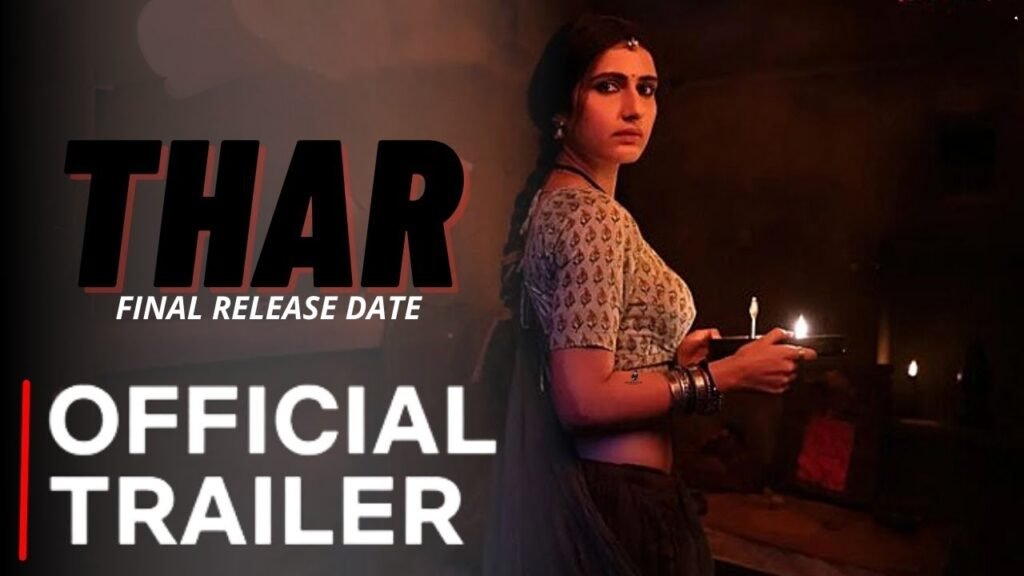
🧭 Story and Plot Summary of thar movie
🔍 Introduction (Non-Spoiler)
Set in the rustic and unforgiving landscape of Rajasthan, Thar is a film that merges mystery, revenge, and raw human emotion into a unique cinematic package. This movie captures a haunting silence that speaks volumes, backed by stunning visuals and minimal dialogue. The atmosphere feels eerie yet immersive, building a constant tension that slowly wraps around the viewer.
Without giving anything away, the plot revolves around a mysterious stranger who arrives in a small desert village. His presence sparks curiosity among locals and particularly grabs the attention of a seasoned but aging cop. What follows is a dark trail of investigation, buried secrets, and moral ambiguity. The story unfolds like an old western but is rooted deeply in Indian soil, combining noir aesthetics with emotional grit.
The narrative isn’t fast-paced. Instead, it moves with intention, letting viewers feel the heat, dust, and silence of the desert, just as the characters do. Every frame tells a story, and the quiet in-between moments are just as important as the dramatic ones.
⚠️ Spoiler Section of thar movie
⚠️ Spoiler Alert: The following section reveals key plot details. ⚠️
The mysterious stranger is Siddharth, played by Harshvardhan Kapoor. His arrival in the village seems casual, but there’s an undercurrent of purpose. While he pretends to be dealing in antiques, his real reason for being there is personal and deeply unsettling.
As the story progresses, Inspector Surekha Singh, portrayed by Anil Kapoor, begins investigating a series of gruesome murders in the area. These aren’t random killings — they’re methodical, calculated, and sadistic. With each clue, Surekha gets closer to uncovering Siddharth’s dark motive.
Siddharth’s past trauma is linked to events that took place in the very region he’s now haunting. His victims are connected to a violent incident that altered his life forever. Through disturbing sequences and gritty realism, the film reveals that he’s on a path of vengeance — one that challenges the viewer’s sense of justice and morality.
The climax brings both men — the law enforcer and the avenger — to a powerful confrontation. The emotional weight is heavy, and the resolution isn’t meant to offer closure. Instead, it raises questions about trauma, accountability, and what really lies in the heart of justice.
🎭 Cast and Characters of thar movie
The film brings together a compact yet impactful ensemble. Each character adds depth to the atmospheric storytelling, with subtle performances that reflect the harsh and silent world of the desert.
🔸 Anil Kapoor as Inspector Surekha Singh
Anil Kapoor portrays an aging cop who hasn’t seen much action in his dusty police station. Surekha isn’t the usual cinematic hero — he’s tired, underappreciated, and stuck in a monotonous routine. Yet when a series of brutal murders occur, he finds renewed purpose. Kapoor brings a grounded performance, showcasing vulnerability, weariness, and a quiet wisdom.
Surekha’s moral compass is strong, but he’s not entirely untouched by flaws. His determination to solve the case is not just professional — it feels personal, almost like a last chance at proving himself.
🔸 Harshvardhan Kapoor as Siddharth
Harshvardhan takes a bold step by playing a brooding, silent, and emotionally detached character. Siddharth barely speaks, yet his body language tells a chilling story. The character’s layered background, haunted past, and methodical actions reveal a man whose calm demeanor masks disturbing intent.
This role required restraint, and Harshvardhan delivers a performance that relies more on presence than words. His transformation throughout the film is subtle but effective.
🔸 Fatima Sana Shaikh as Chetna
Fatima plays a woman caught between her circumstances and desires. Married to an abusive husband in a patriarchal village, her character represents suppressed voices. Chetna’s interactions with Siddharth carry both tension and hope, giving her role emotional weight. Fatima delivers a performance that mixes quiet rebellion with inner strength.
🔸 Jitendra Joshi as Panna
Jitendra Joshi plays a violent and abusive husband. His presence brings out the horror of domestic life in remote villages. The raw aggression he displays is chilling and all too real. His character is critical to the plot and reflects the kind of men the protagonist is determined to confront.
Supporting Roles
The smaller characters — villagers, constables, and suspects — add realism. Their dry humor, suspicion, and ignorance reflect life in isolated areas. None of them are glorified or over-written. They feel like people you could actually meet in a desert town.
🎵 Music and Soundtrack of thar movie
Music in this film doesn’t follow Bollywood tradition. There are no item songs or romantic ballads. Instead, the score acts like a silent narrator — whispering what words do not say.
🎼 Background Score by Ajay Jayanthi and Benedict Taylor
The haunting background score by Benedict Taylor and Ajay Jayanthi blends modern ambient tones with traditional Rajasthani sounds. The music rarely takes center stage, but it’s always present — sometimes as a low hum, other times as a slow violin stroke that chills the spine.
This choice of minimalistic and experimental sound helps heighten tension without overwhelming the story. The desert silence becomes a character in itself, and the music respects that space.
🔊 Sound Design of thar movie
Sound design in this film is as important as visuals. The crunch of boots on sand, the rattle of a dry windmill, or the echoing of gunshots in barren land — every sound is placed with care. The silence in some scenes is louder than any melody. It’s a masterclass in restrained, intelligent sound work.
🪕 Folk Influence
You might occasionally hear a hint of Rajasthani folk instruments — like the sarangi or algoza — woven in organically. These sounds help root the film in its cultural setting without turning it into a tourist postcard.
🎧 Reception
Music lovers and critics appreciated the bold decision to avoid songs. The experimental score was seen as a brave move, suiting the neo-western noir theme. It’s not made for casual playlist listening — it’s made for cinematic immersion.
🎬 Performances and Acting Reviews in thar movie
This film relies heavily on the subtleties of acting. With minimal dialogue, the entire weight of emotion and narrative rests on body language, facial expression, and screen presence.
👤 Anil Kapoor
Kapoor’s portrayal of Inspector Surekha is among his most subdued performances. There’s no flamboyance here — just quiet persistence. His eyes reflect a world-weariness, and his slow gait mirrors a man burdened by years of disappointment. Yet, when the moment demands it, he springs into action with a raw, grounded energy.
Critics praised him for underplaying the role with sincerity. Instead of overdramatizing, he lets the environment and silence do the talking.
👤 Harshvardhan Kapoor
This was a career-defining moment for Harshvardhan. Choosing to play a near-silent character is a risk, especially in a mainstream film. But he embraced it fully. Every glance, every twitch of his brow, every pause before speaking — it all contributed to the unsettling aura around Siddharth.
Viewers were divided — some saw him as stiff, others as methodical. But most agreed he carried the role with commitment and seriousness.
👤 Fatima Sana Shaikh
Fatima shines in her limited screen time. As a trapped woman with fleeting dreams, she brings soul and empathy to the story. Her chemistry with Harshvardhan is strange — not romantic, but layered with unspoken sadness.
Her performance drew appreciation for avoiding melodrama. She portrayed pain with silence, making Chetna a memorable character despite a relatively short arc.
👤 Jitendra Joshi
As the antagonist, Joshi is chilling. His performance is aggressive, unhinged, and disturbing — but never cartoonish. He brings a raw menace to the screen. Every scene with him feels dangerous, and his physicality adds realism to the horror he inflicts.
📝 Dialogues and Writing Style in thar movie
The screenplay, co-written by Raj Singh Chaudhary, does not rely on dialogue. This is intentional. The film embraces a “show, don’t tell” philosophy.
🗨 Sparse Dialogue
There are long stretches where no one speaks. Instead, the camera lingers on faces, landscapes, or objects. When characters do talk, their words are practical, sharp, or sometimes cryptic. There’s no fluff.
For example, when Surekha says something seemingly casual, it carries weight. It’s not just what is said — it’s what is left unsaid that resonates. The film trusts the audience to read between the lines.
🖋 Writing Themes
The writing explores revenge, justice, and masculinity. But it doesn’t preach. The message is subtle. Siddharth’s quest for revenge unfolds quietly, and the emotional undertone is hidden behind each interaction.
Every scene adds a new layer of depth — a glance, a passing comment, or a photograph. The mystery deepens with each revelation, and the audience is drawn in to figure it out, just like Surekha.
🎞 Visual Storytelling
The writing also leans heavily on visual metaphors. A dry well, a broken radio, or a lonely goat on a hill — all of these elements echo the film’s themes. The screenplay uses the desert not just as a backdrop but as an emotional mirror.
Critics admired this style for its maturity. It’s the kind of writing that rewards patient viewers.
📣 Release and Promotion Strategy of thar movie
The film was released in a very modern, focused, and somewhat experimental manner.
📅 Release Platform
Instead of a traditional theatrical release, this film dropped on Netflix in May 2022. This choice aligned with its unconventional storytelling. By releasing on a global streaming platform, it reached both Indian and international audiences simultaneously.
This digital-first approach allowed the film to find its niche viewers without the pressure of box office numbers.
📢 Marketing Campaign
The promotional material leaned into mystery. Posters featured silhouettes, desert landscapes, and weathered faces. The official trailer was gripping — filled with long silences, moody music, and flashes of violence.
The promotion focused on tone and mood rather than plot. Interviews with Anil and Harshvardhan Kapoor revealed the creative process behind the film. The father-son duo used their own production house to support a story they believed in.
🤝 Collaborations
Netflix promoted the film heavily through social media, interviews, and editorials. Behind-the-scenes content, cinematography discussions, and cast interactions were used to engage cinephiles.
The PR strategy was clear: sell the movie not as a product, but as an experience.
💸 Box Office and OTT Streaming Performance of thar movie
Since the film was released directly on Netflix, there are no theatrical earnings. But the performance on OTT can still be evaluated through reviews, watch statistics, and engagement.
🔍 Viewer Response on Netflix
The film made it to the “Top 10” in India within the first few days of release. This proves that curiosity was high. The intriguing trailer, moody visuals, and star cast contributed to strong initial viewership.
Netflix doesn’t release detailed viewership numbers, but social media and rating platforms suggest the film had solid retention and engagement.
💬 Streaming Success Factors
- Genre Appeal – The blend of mystery and revenge in a western setting was unique for Indian content.
- Star Power – The Kapoor duo brought credibility.
- Visual Allure – The cinematography attracted film lovers.
- Word of Mouth – Discussions around its bold themes and performances pushed more viewers to give it a try.
Though not a viral sensation, it became a cult favorite among fans of slow-burn thrillers.
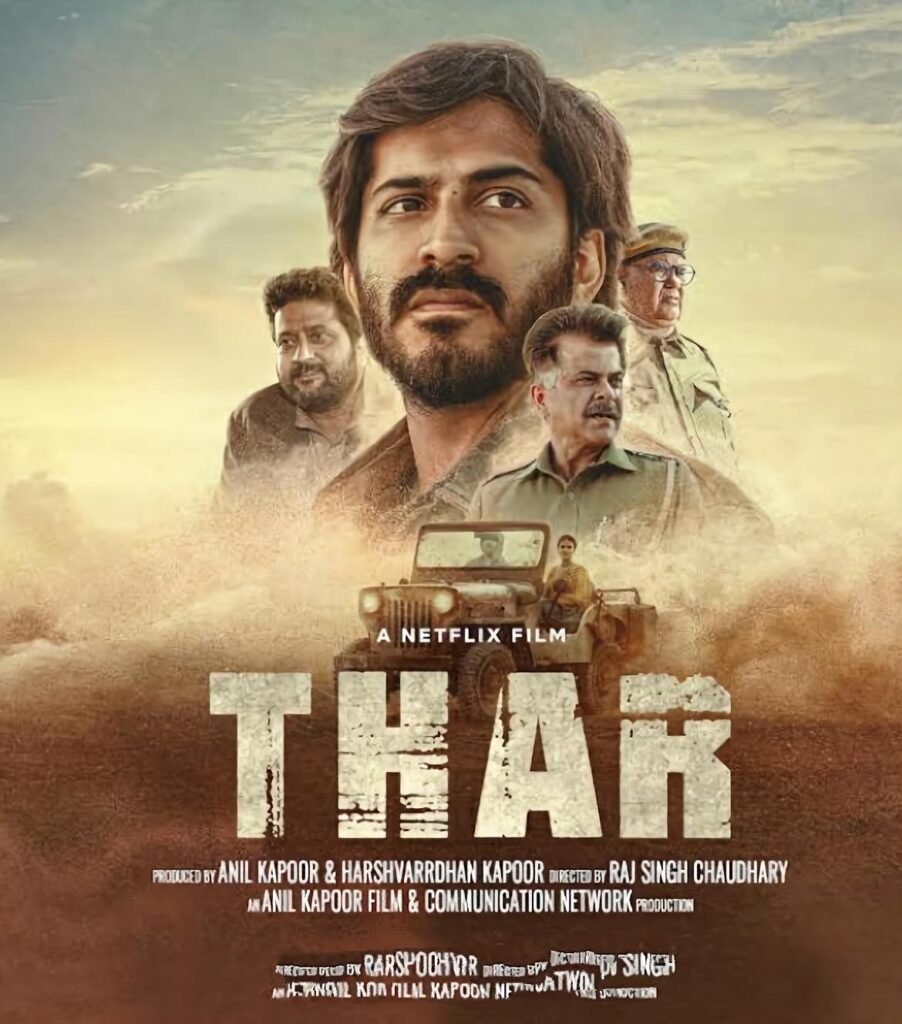
kiara Awesome Nishil! Let’s Go NK and complete your blog on thar movie with Sections 9 to 12 — cinematic, in-depth, and keyphrase only in subheadings (not in the body). Let’s wrap this one like a pro 🎬🔥
🌍 Cultural Impact and Public Response to thar movie
Though not designed for mass appeal, the film managed to stir meaningful conversations in both artistic and social circles.
🏜 Breaking Genre Expectations
One of the boldest elements was its Western noir style. Very few Indian films have dared to enter the neo-western genre, especially with such dedication. It brought a new texture to Indian storytelling — dry, sparse, and emotionally heavy.
Fans of world cinema saw it as a refreshing take — something closer to a Sergio Leone classic than a typical Bollywood formula. Critics praised it for carving a new space that didn’t rely on traditional beats like romantic subplots, song sequences, or overdramatized heroism.
This shift was widely discussed in filmmaking forums, YouTube reviews, and cinephile communities.
💬 Public Reception: Divided Yet Deep
The general audience was split. Some found the pace too slow and the plot too grim. Others, especially lovers of art-house cinema, called it bold and meditative.
Discussions centered around:
- The lack of exposition
- Moral ambiguity
- Psychological depth
Interestingly, the film also sparked debates about violence and trauma. Many appreciated that revenge wasn’t glorified but shown as a disturbing, draining process.
🔥 Social Media Conversations
Memes and reels focused on the eerie visuals, Anil Kapoor’s dialogues, and Fatima’s emotional scenes. Fans recreated the desert aesthetics on Instagram and YouTube shorts.
The silence of the film became its loudest cultural stamp. Viewers posted thoughts on Reddit, calling it “a mood, not just a movie.”
🎥 Comparisons with Similar Movies like thar movie
The film invited comparisons to both Indian and global titles due to its unique genre mix. Here’s how it stacks up:
🇮🇳 Indian Films
- NH10 (2015): Like Thar, this movie dives into isolated violence and justice. But NH10 is faster and more action-driven, while this film is more meditative and psychological.
- Raman Raghav 2.0 (2016): Both involve slow-burning investigations and morally grey protagonists. However, Thar uses more silence and scenic desolation than urban horror.
- Peepli Live: Although more satirical, it similarly showcases rural India’s dry realism and apathy, albeit through a different lens.
🌍 International Films
- No Country for Old Men (2007): This is the most referenced comparison. Both films feature vast landscapes, a mysterious killer, and an aging cop chasing meaning. They prioritize tension over action.
- The Proposition (2005): Another dusty Western that reflects the cruelty of man and nature alike.
While the film doesn’t try to copy, it pays homage to its inspirations. It uses silence and geography as story tools, something rare in Indian cinema.
🏆 Awards and Recognition for thar movie
While not a traditional award magnet, the film still earned nods from critics, film societies, and OTT platforms.
🏅 Awards Circuit
Since it bypassed theaters, it didn’t enter major box office-driven categories. But it got noticed in digital and film fest circles for the following:
- Best Cinematography Nomination at Filmfare OTT Awards
- Best Background Score (Shortlisted in critics’ polls)
- Best Actor in a Negative Role – Jitendra Joshi got several mentions
- Production Design – Praised in several film review circles for authentic set work
It was frequently listed among “Most Underrated Indian Films of the Year” by independent film critics and YouTube reviewers.
🌐 International Recognition
While not submitted to global fests like Cannes or Sundance, its streaming release on Netflix brought it attention from niche international audiences. Small film blogs in Europe and North America praised its aesthetics, calling it “India’s answer to the desert western.”
🧠 Conclusion and Final Thoughts on thar movie
This film isn’t for everyone — and that’s its biggest strength.
It’s not loud, not glamorous, and not fast. It moves like a whisper across the dunes, telling a tale of pain, justice, and emotional erosion. The narrative is fragmented, the characters are broken, and the silence is almost sacred.
What makes it special is its refusal to spoon-feed the audience. It trusts you to feel the heat, understand the grief, and walk alongside the characters in a land where justice is buried under sand and time.
The performances are subtle, the direction is fearless, and the visuals are breathtaking. It challenges you, holds you in discomfort, and still gives you moments of haunting beauty.
It’s a cinematic experience that lingers — not because it entertains, but because it dares to be still when everything else screams.
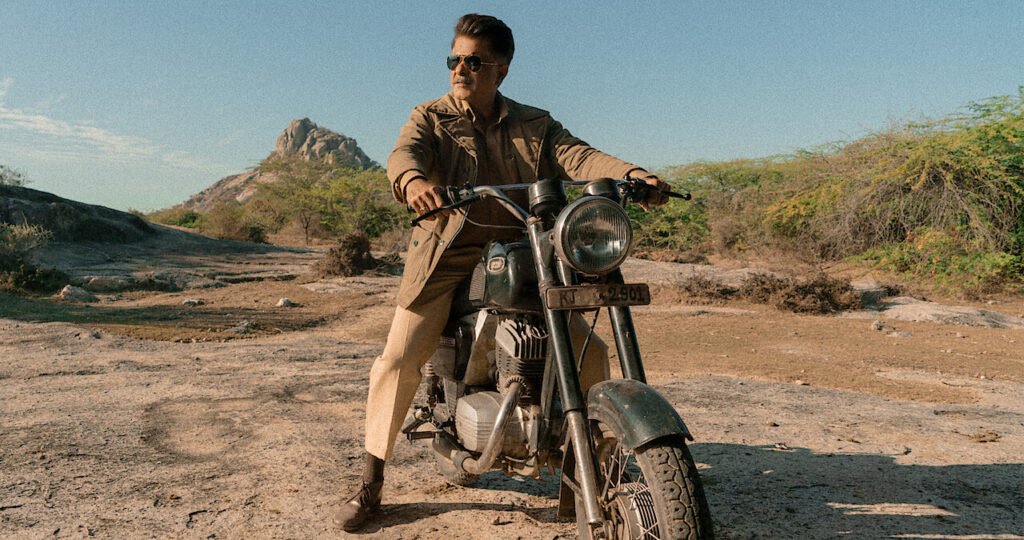
visit now our other review ⚠️🚨⚠️ Hurdang Movie :Review Cast, Story, Music, Reception

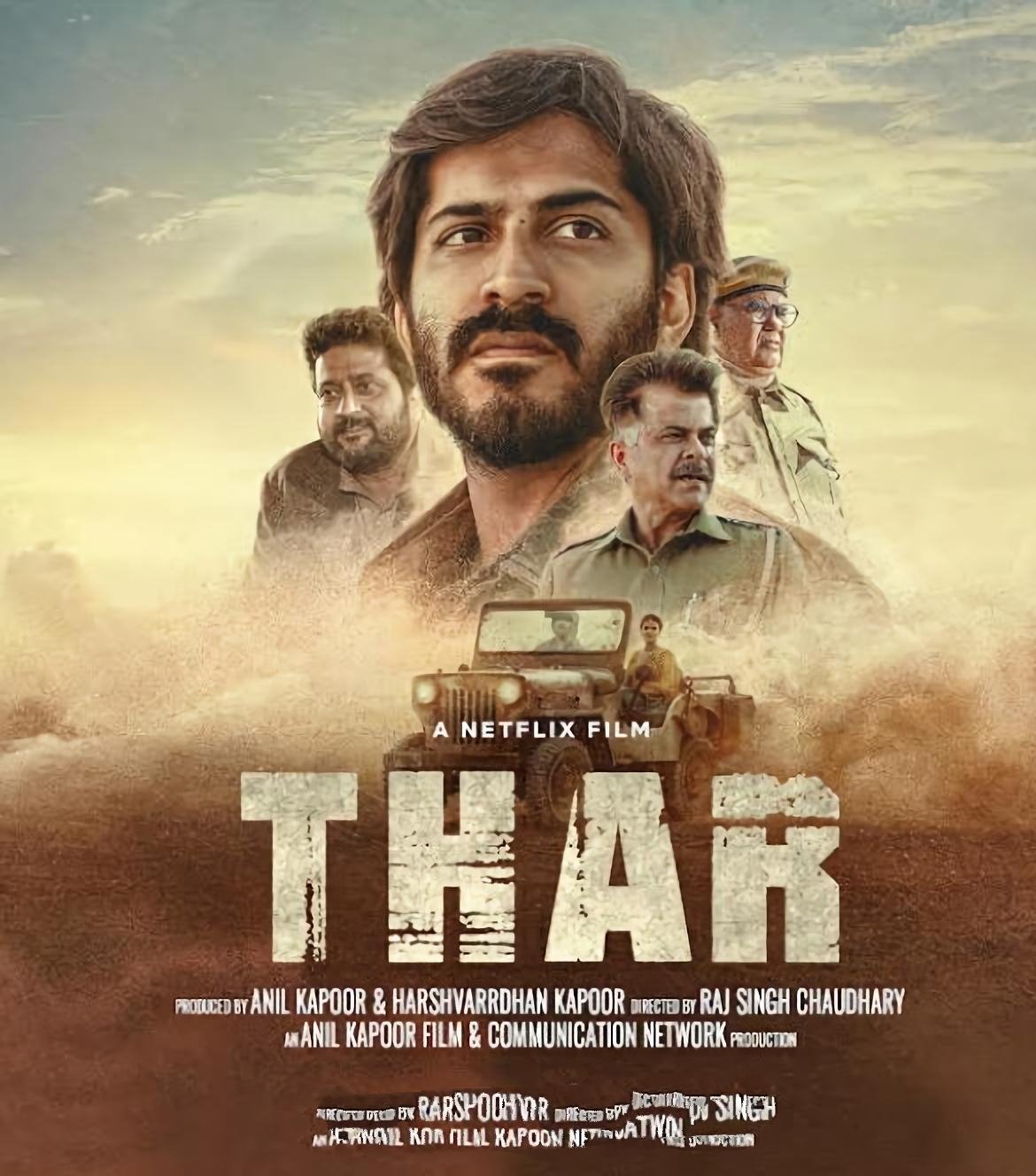
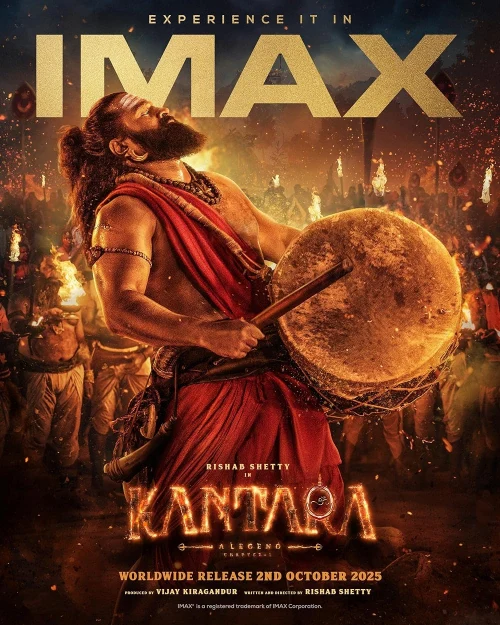
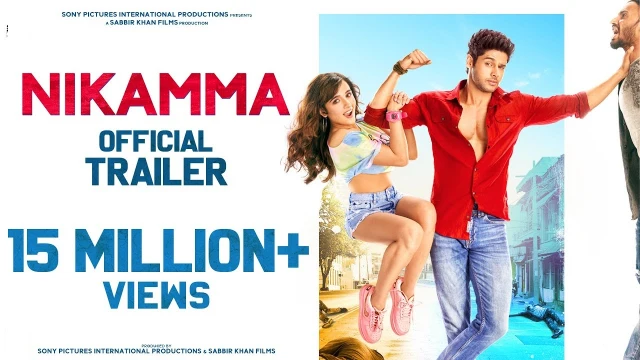
bhai badhiya kaam hai apka